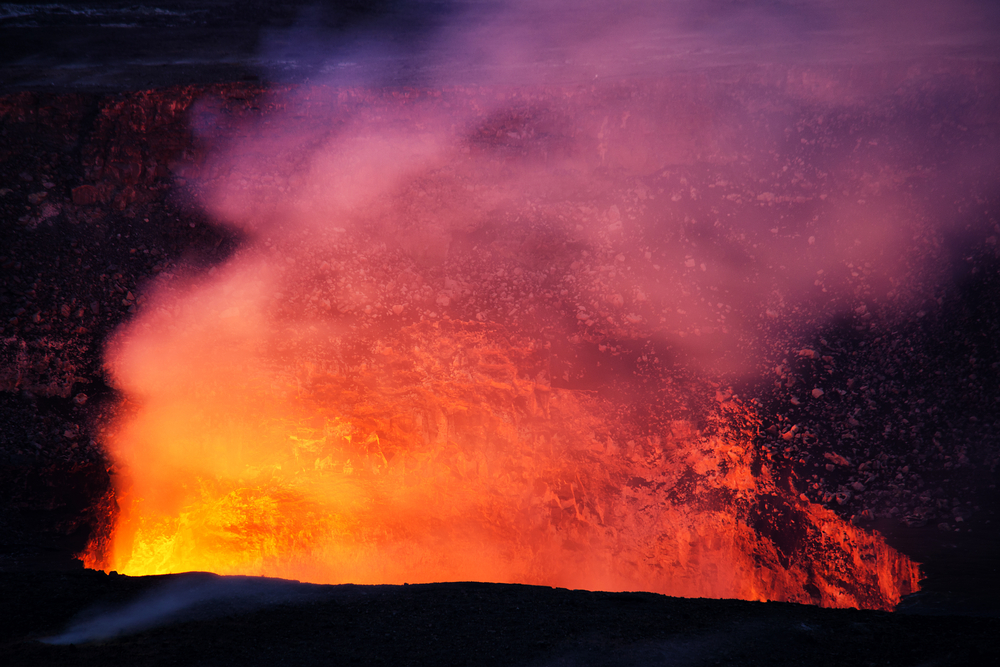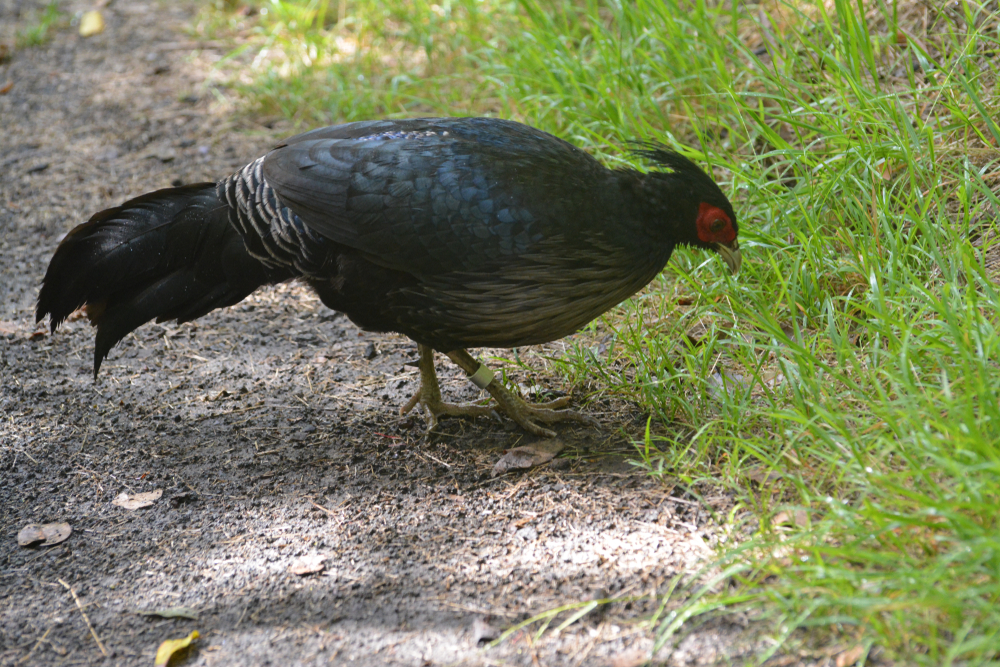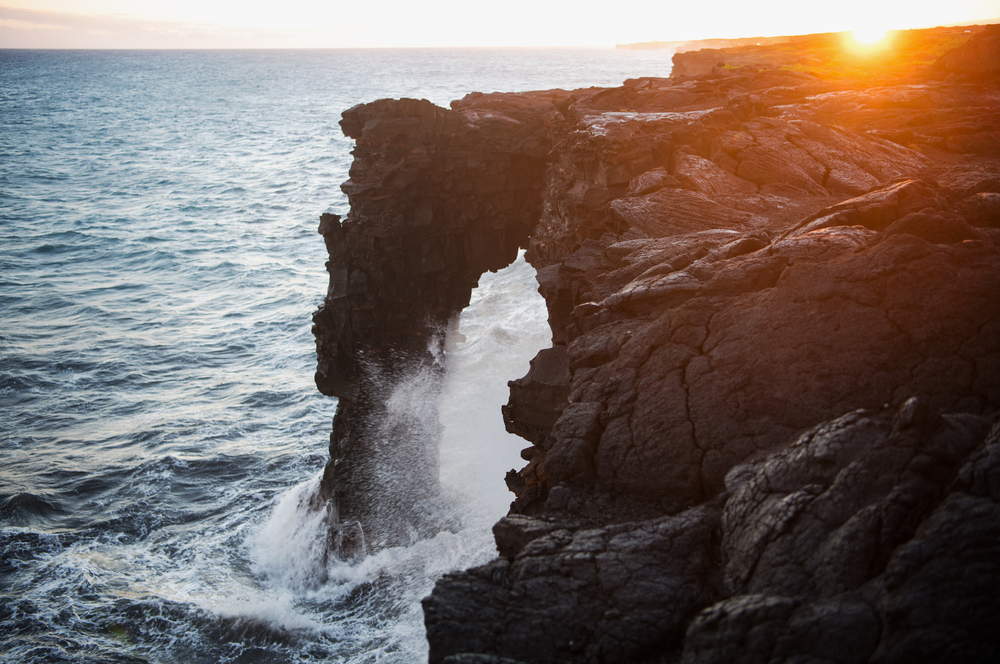Although not known for wildlife, Hawaii Volcanoes National Park, a land of fire and flora, provides a unique ecosystem where visitors can encounter endemic wildlife that thrives amidst its volcanic landscapes and lush rainforests.
Nēnē – The endangered Nēnē, or Hawaiian Goose, is Hawaii’s state bird, adapted to life in the park with its strong feet, perfect for lava fields.
Hawaiian Hawk – Known as ʻIo in Hawaiian, this raptor is endemic to the islands, revered in Hawaiian culture, and seen soaring above the park’s diverse habitats.
Hawaiian Hoary Bat – The only native land mammal of Hawaii, the Hawaiian Hoary Bat, or ʻŌpeʻapeʻa, flits through the park’s night sky, feeding on insects.
Hawaiian Monk Seal – Rarely seen within the park, the endangered Hawaiian Monk Seal occasionally hauls out on remote coastal areas to rest, a special sight for visitors.
Hawaiʻi ʻAmakihi – A small and resilient honeycreeper, the Hawaiʻi ʻAmakihi has adapted to a wide range of environments, including the park’s volcanic areas.
Apapane – Bright red and highly vocal, the Apapane is a common Hawaiian honeycreeper, feeding on nectar and contributing to the pollination of native plants.
Green Sea Turtle – Although more commonly seen on coastal beaches, Green Sea Turtles can sometimes be spotted near the park’s coastal areas, resting or basking.
Pueo – The Hawaiian Short-eared Owl, or Pueo, is one of the few endemic birds of prey, often seen hunting at dusk over open fields and lava plains.
Jackson’s Chameleon – Introduced to Hawaii, Jackson’s Chameleons have established populations in the park, their striking appearance and prehensile tails a curiosity among the native foliage.
Mongoose – Introduced and now considered invasive, mongooses can occasionally be seen darting across roads or trails, their presence a challenge to native birds and their eggs.
Hawaii Volcanoes National Park’s wildlife, from the iconic Nēnē to the elusive Hawaiian Monk Seal, offers a window into the unique and fragile ecosystems of the Hawaiian Islands, highlighting the importance of conservation efforts to protect these native and endemic species.























































































